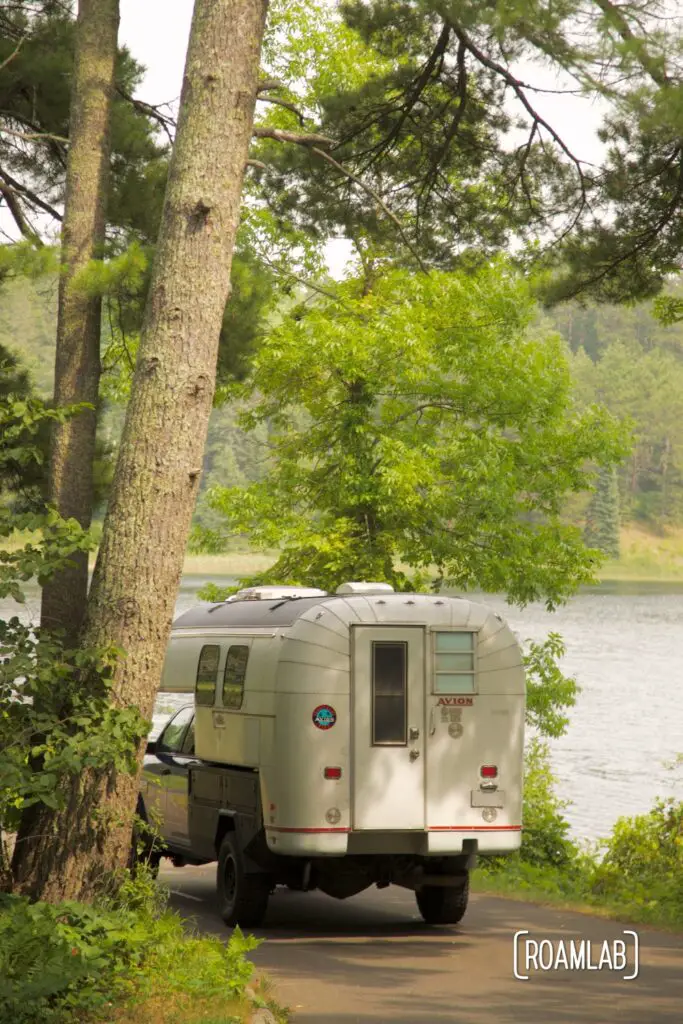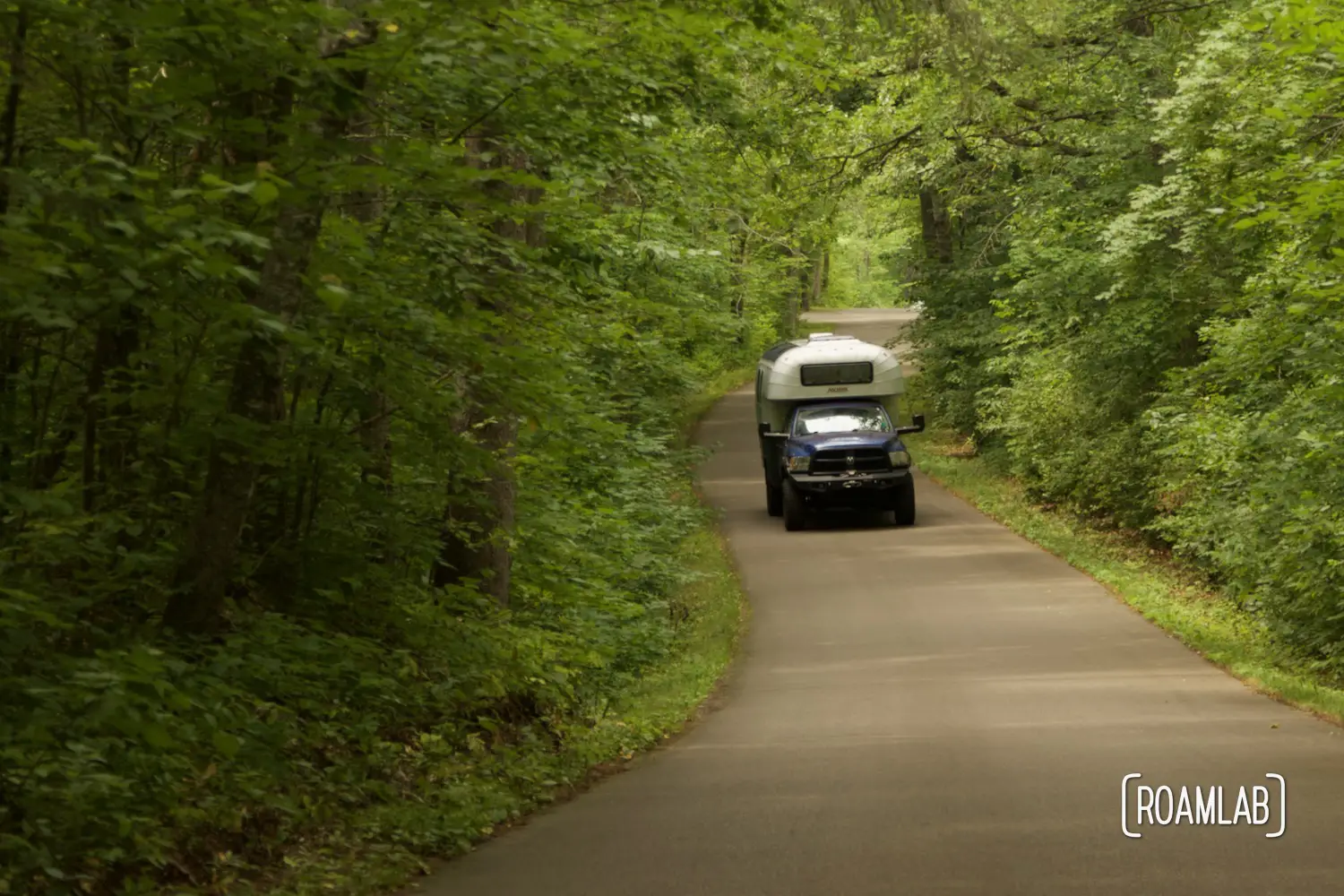Nestled within the expanse of Itasca State Park, the Wilderness Drive and Bike Route presents a delightful blend of nature and recreation. This winding, one-way, single-lane, paved road doubles as a bike route, offering a 10-mile journey through the park’s most pristine wilderness, connecting scenic lake views and landmarks like the Large White Pine and the Aiton Heights Fire Tower. What we thought would be a quick detour turned out to be hours of delight as we escaped the crowds and explored Itasca’s wilderness.
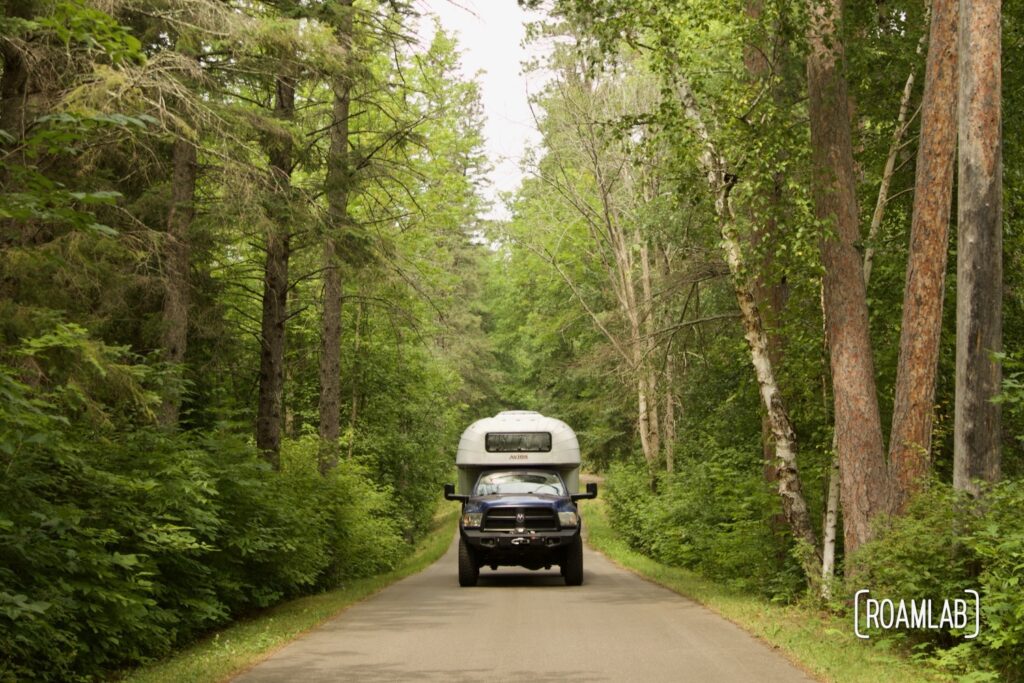
Exploring Itasca State Park
Itasca State Park encompasses 32,500 acres of hardwood forest and over 100 lakes in northwest Minnesota. Most of the development in the park is in the northeast section of the park, where the Main Park Drive connects the Douglas Lodge and Forest Inn to the Mississippi Headwaters. Most visitors won’t wander far from this main route, where museums, picnic areas, boat launches, and trails are all within steps of developed parking lots. But for those who want to escape the crowds and experience the wilderness of Itasca, visitors must either take to the trails or hop on the Wilderness Drive.
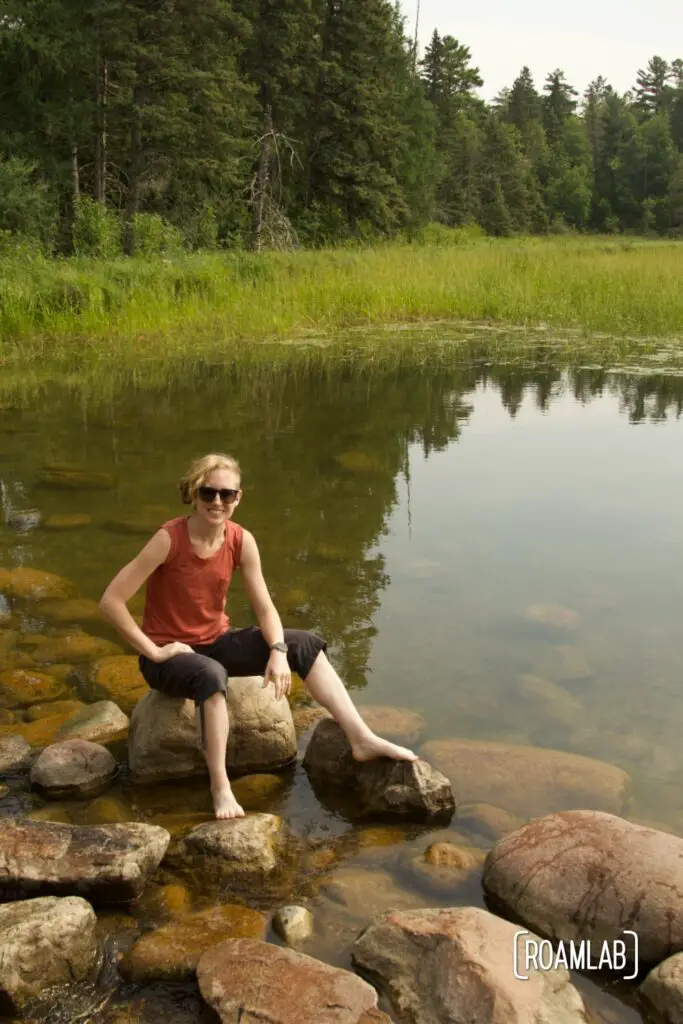

Wilderness Drive
While the Main Park Road draws a fairly straight line along the east side of the park, the Wilderness Drive forms a loop: departing west from the Main Road just before it reaches the North Entrance to the park and then drawing a rough square around Lake Itasca and the Itasca Wilderness Sanctuary Scientific And Natural Area to Reconnect to the Main Park Drive near the Jacob V. Brower Visitor Center. The initial northern stretch of the drive is a two-way street, but shortly after the route turns south, it narrows into the single-lane, one-way route that visitors will travel until the drive’s terminus.
It is a route to be savored. The speed limit for motorized vehicles is 20 mph, but that’s an upper limit, considering that the single lane is also shared with cyclists who may be traveling much more slowly. Visitors are advised to expect to spend half a day on this route between the leisurely drive, points of interest, trails, and photo opportunities along the way.

Points of Interest
Wilderness Drive connects many trailheads and points of interest, such as the Large White Pine, Bison Kill Site, and Alton Heights Fire Tower. That said, unlike Main Park Drive, where parking lots are reasonably large and a trail network connects overflow parking to popular destinations, parking along the wilderness drive is limited. Even midweek, we miss the Bison Kill Site for lack of parking spots. Even so, we manage to find space to see the Large White Pine and Aiton Heights Fire Tower Trail.
Large White Pine
The Large White Pine used to hold the superlative of the tallest white pine in Minnesota until the top fell off. Today, you can see the tree and its decapitated top section on a short dirt hike with interpretive signs about the local ecology.
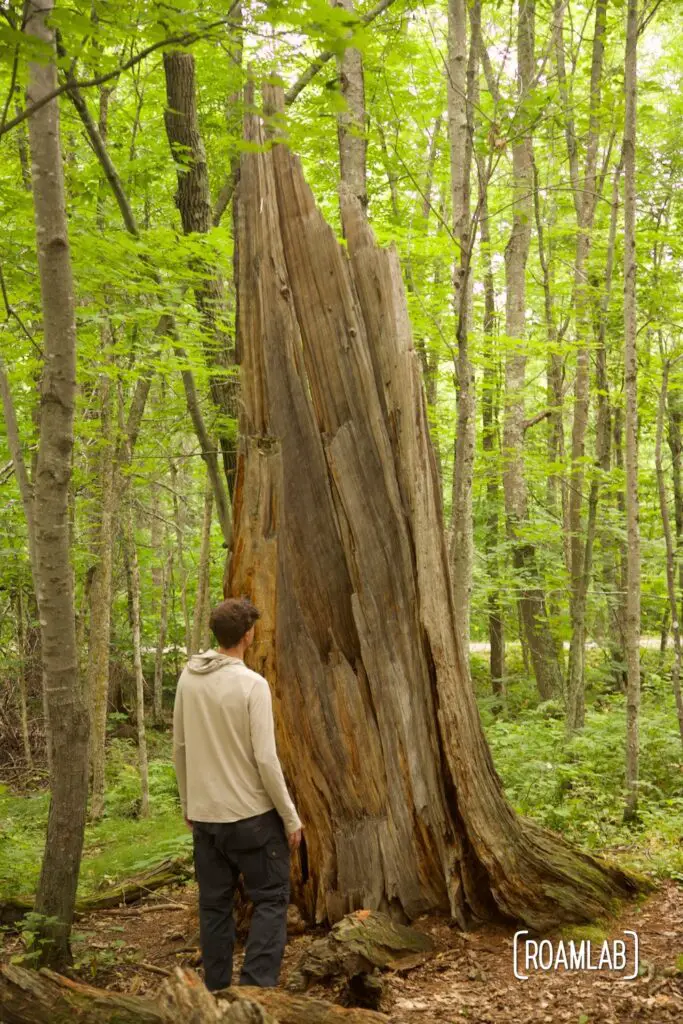
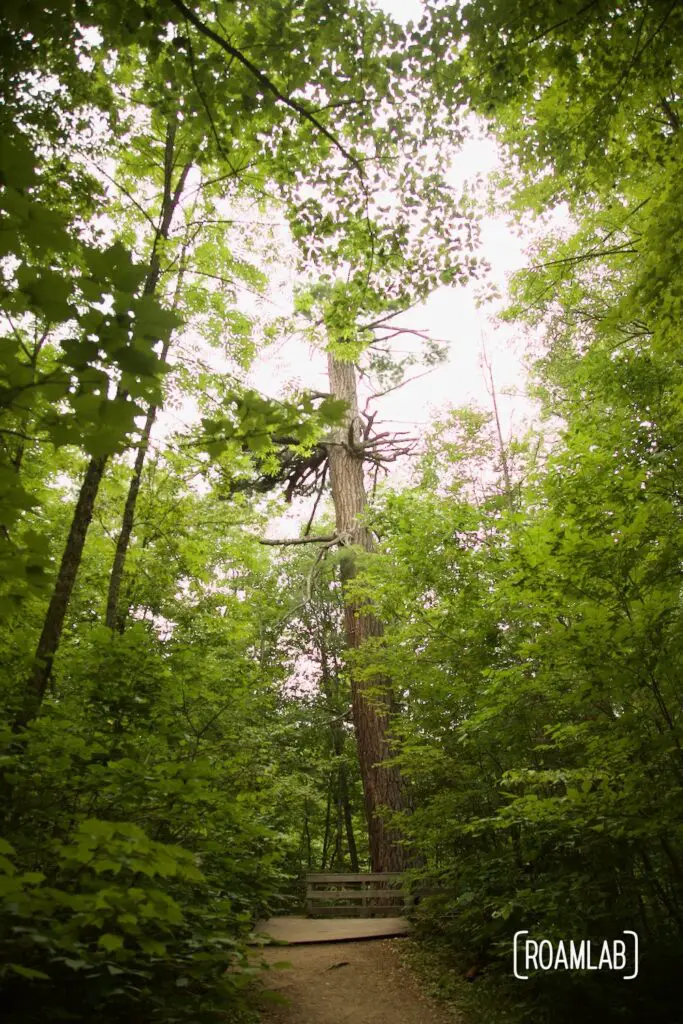
Aiton Heights Trail
The Aiton Heights Trail is the grand finale of the Wilderness Drive. Situated near the end of the drive, this half-mile in-out trail not only lures passengers onto the trail with interpretive signs about the local plants and wildlife but concludes at the Aiton Heights Fire Tower, a 100-foot metal tower that visitors can climb for panoramic views of Itasca State Park. I write more about our visit in a stand alone article about the Aiton Heights Fire Tower Trail.
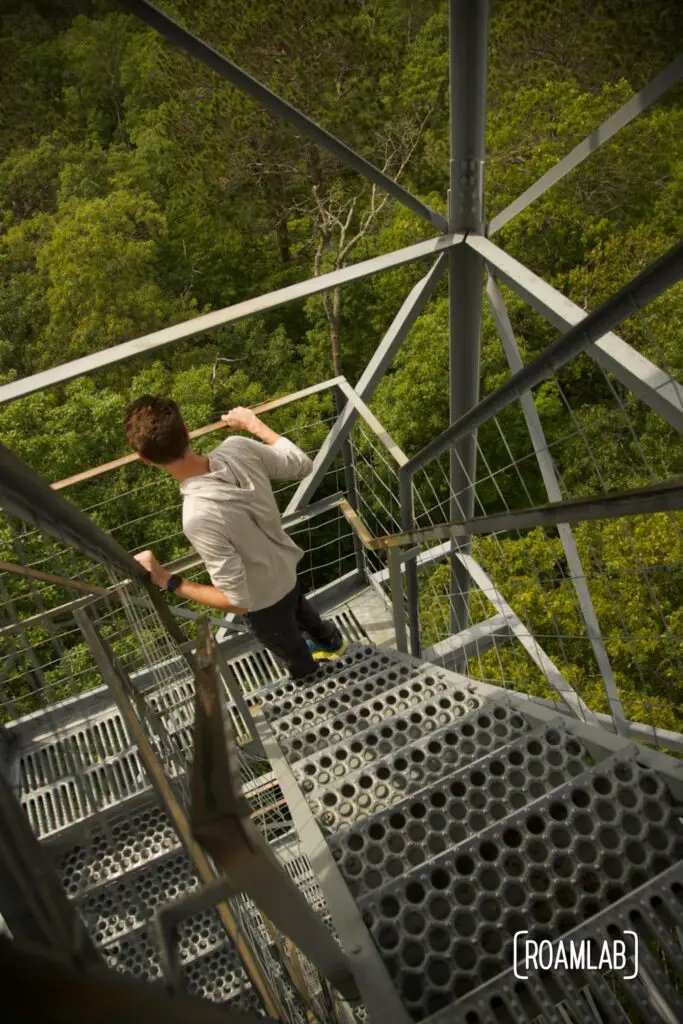

Accessibility and Best Times to Visit
Wilderness Drive is well-maintained and suitable for most vehicles. While the pavement is smooth and the trees trimmed, I wouldn’t take any long RVs or trailers down this route. Once we are on the road, we are committed for the next 10 miles. And while there are occasional pullouts and parking spots to stop for a hike or a point of interest, they are few and far between. We travel the Wilderness Drive midweek, and even then, we miss a few points of interest due to limited parking options.
We do encounter a few trucks towing boats. The road is large enough for the truck and a moderately sized motorboat, but these rigs aren’t jockeying for trailhead parking spaces. They are headed to the boat ramp for Elk Lake.
Given how busy this road can get, even on a weekday, I would not want to attempt it midday on the weekend. This is a spot to hit early to avoid any crowds and increase the odds of wildlife sitings. Most of the time, I would recommend visiting a park off-season. But then again, this is Minnesota. So “off-season” would be a completely different experience in the snow. While accessible year-round, spring through fall provides the most comfortable temperatures to explore.
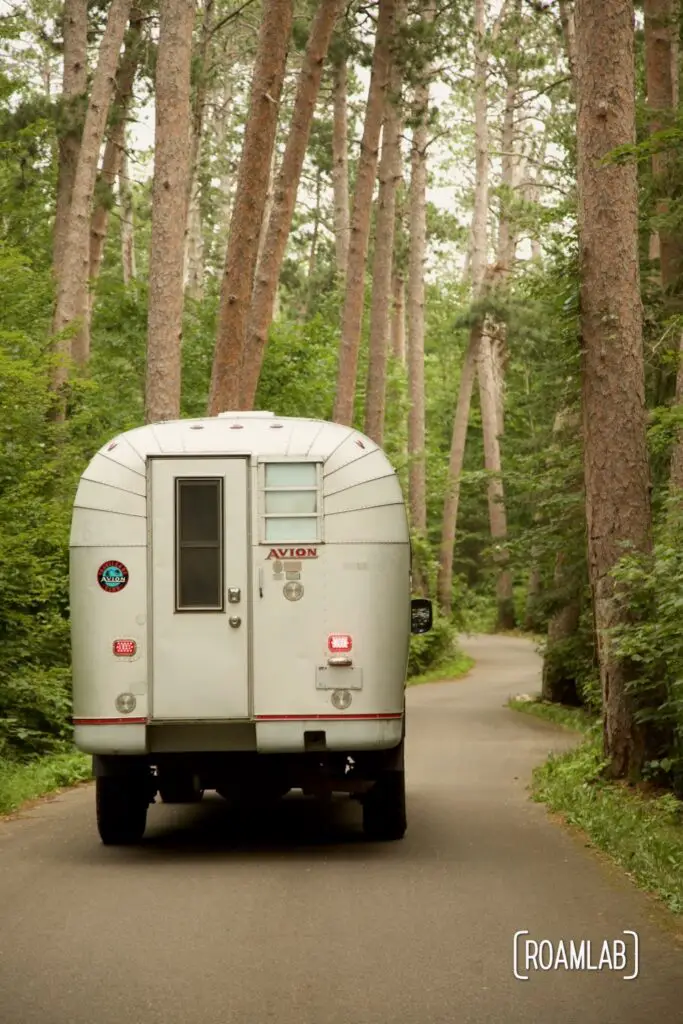
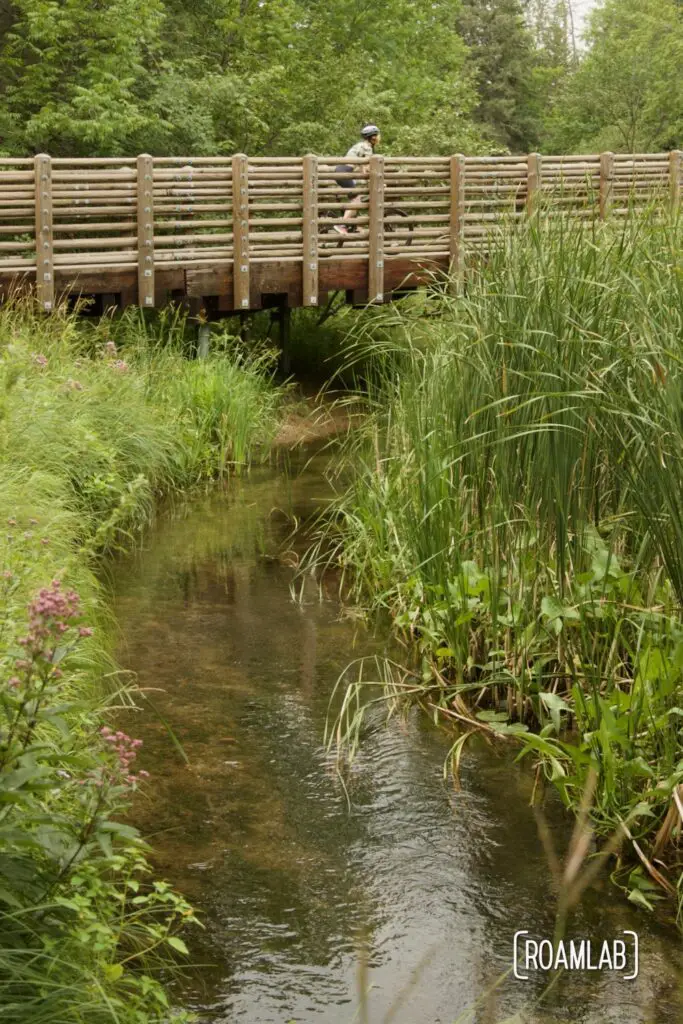
Our Experience
I had ambitious plans to bike the Wilderness Drive, but a flair-up of an old injury forced me to accept that we would not travel as quickly as I intended. Besides, riding mountain bikes on hilly pavement isn’t necessarily a recipe for efficient pedaling. Instead, we turn around, stow our bikes, and return with our truck camper. There were a few points where branches brushed the sides of the Avion, but clearance was generally the least of our concerns. Or, at least, not that kind of clearance. I would not have minded more pullouts to allow other drivers to pass us, so I would not have felt as rushed along the drive. But we still enjoyed the sites and even hop out a few times for short hikes and pictures.
Overall, whether you’re on two wheels or four, whether you’re aiming for a destination or simply following a sign, this route promises a journey filled with enchantment and the joy of the unplanned. If you’re anything like us, you’ll leave with not only a story to tell but a longing to explore more of what the wilderness has to offer. Happy adventuring!
